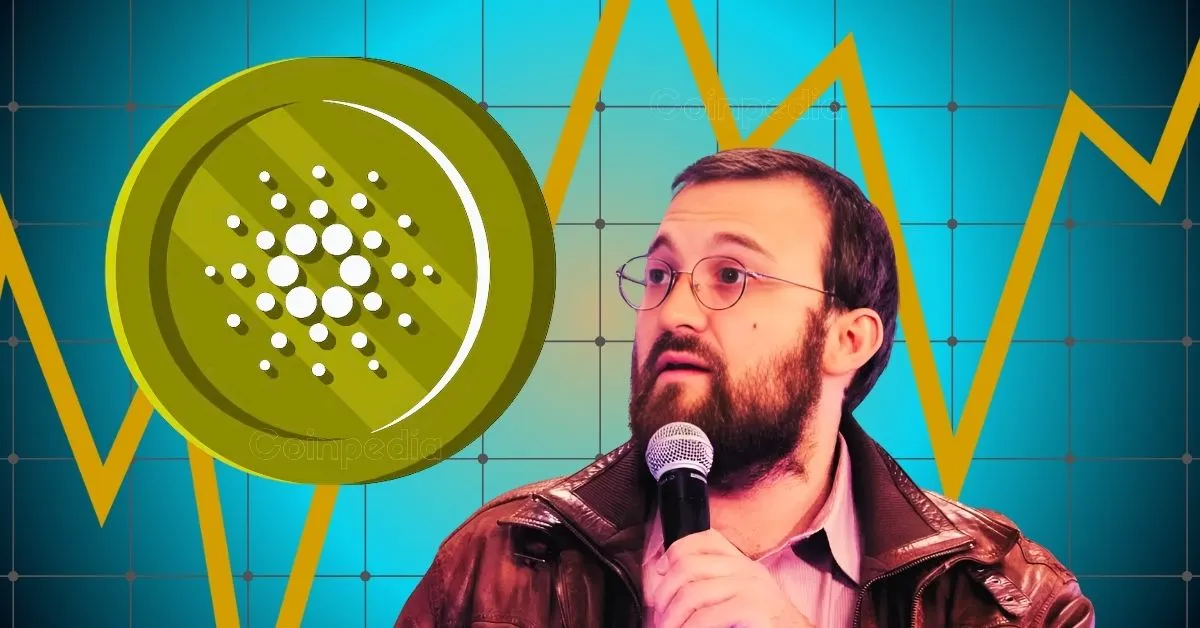
Cardano, the 10th largest crypto asset, has just made a bold move in the digital asset space. Founder Charles Hoskinson has introduced the Cardinal Protocol, the network’s first DeFi solution powered by Bitcoin. For the first time, Bitcoin can now be used on Cardano for lending, staking, and more, without the need for third-party custodians. The news has sparked market excitement, pushing ADA’s 24-hour trading volume to $500 million. Currently trading at $0.669, Cardano is also gaining momentum after its inclusion in the Nasdaq crypto index, signaling growing institutional interest.
Developed by InputOutput HK, Cardinal allows users to put their Bitcoin to work through lending, borrowing, farming, or staking on the Cardano blockchain. This is made possible using “wrapped UTXO” technology, which can be burned at any time to redeem the original Bitcoin or Ordinals. For the first time, Bitcoin holders have a way to tap into DeFi on Cardano without trusting centralized platforms.
Instead of custodians, Cardinal uses a secure MuSig2 multi-signature system, making Bitcoin transactions safe, transparent, and decentralized. It also supports cross-chain compatibility with networks like Ethereum, Solana, and Avalanche. Cardinal uses BitVMX for off-chain verification, while Cardano smart contracts handle the on-chain logic.
Users can now interact with popular DeFi platforms like MinswapDEX, SundaeSwap, and Fluid Tokens to lend, farm, and trade Bitcoin-backed assets. Ordinals, too, can now be used as collateral for loans and traded on other chains without losing their identity.
Cardano’s CTO Romain Pellerin believes this is a huge step forward, but says there’s more to be done. Future upgrades may include wallet support, zero-knowledge proofs, and deeper liquidity.
This launch bridges the world’s biggest cryptocurrency with Cardano’s DeFi ecosystem — bringing Robert Kiyosaki’s belief that Bitcoin is “the people’s money” even closer to reality.
Cardinal is Cardano’s DeFi protocol that lets users lend, borrow, or stake Bitcoin without third-party custodians.
Yes, Cardinal supports cross-chain DeFi with Ethereum, Solana, and Avalanche through wrapped BTC assets.
Yes, Cardinal enables wrapped Bitcoin use on Cardano for DeFi services like lending, farming, and staking.
CoinPedia has been delivering accurate and timely cryptocurrency and blockchain updates since 2017. All content is created by our expert panel of analysts and journalists, following strict Editorial Guidelines based on E-E-A-T (Experience, Expertise, Authoritativeness, Trustworthiness). Every article is fact-checked against reputable sources to ensure accuracy, transparency, and reliability. Our review policy guarantees unbiased evaluations when recommending exchanges, platforms, or tools. We strive to provide timely updates about everything crypto & blockchain, right from startups to industry majors.
All opinions and insights shared represent the author's own views on current market conditions. Please do your own research before making investment decisions. Neither the writer nor the publication assumes responsibility for your financial choices.
Sponsored content and affiliate links may appear on our site. Advertisements are marked clearly, and our editorial content remains entirely independent from our ad partners.
Ozak AI is quickly emerging as one of the most exciting blockchain projects of 2025,…
The crypto bull run of 2025 shows no signs of slowing down. As such, investors…
Bitcoin (BTC) continues to dominate market sentiment in 2025, with analysts suggesting its final quarter…
The ongoing U.S. government shutdown has paused many SEC operations, including the review and approval…
Sharps Technology has announced a strategic collaboration with Coinbase, one of the world’s leading digital…
The Stellar price today remains in a tight consolidation phase between $0.38 and $0.40, as…